North Bali is the laid-back, peaceful, and uncommercialised part of the island—reminiscent of what the south used to be like 20 or 30 years ago. With only one-sixth of Bali’s population but a coastline stretching over 200 km, traffic jams and crowds are rare. The scenery is stunning, the air is fresh, and the people are warm and welcoming.
This is a region where nature and culture thrive in harmony. Crater lakes, waterfalls, hot springs, rice terraces, coral-fringed beaches, and some of Southeast Asia’s most iconic diving spots—North Bali offers a more authentic, untouched experience of the island. You’ll also find rich cultural heritage, from ancient temples to colonial architecture in Singaraja, and the vibrant charm of Lovina, the north’s tourism hub.
Though it remains relatively unchanged, transformation is on the horizon. A new airport and improved infrastructure are planned, making now the perfect time to explore North Bali before the world catches on.
From the secluded beauty of Munduk to the dramatic cascades of Sekumpul and Git Git, the region is a paradise for waterfall lovers. Aling-Aling and Kroya offer adventurous jumps into natural jungle pools.
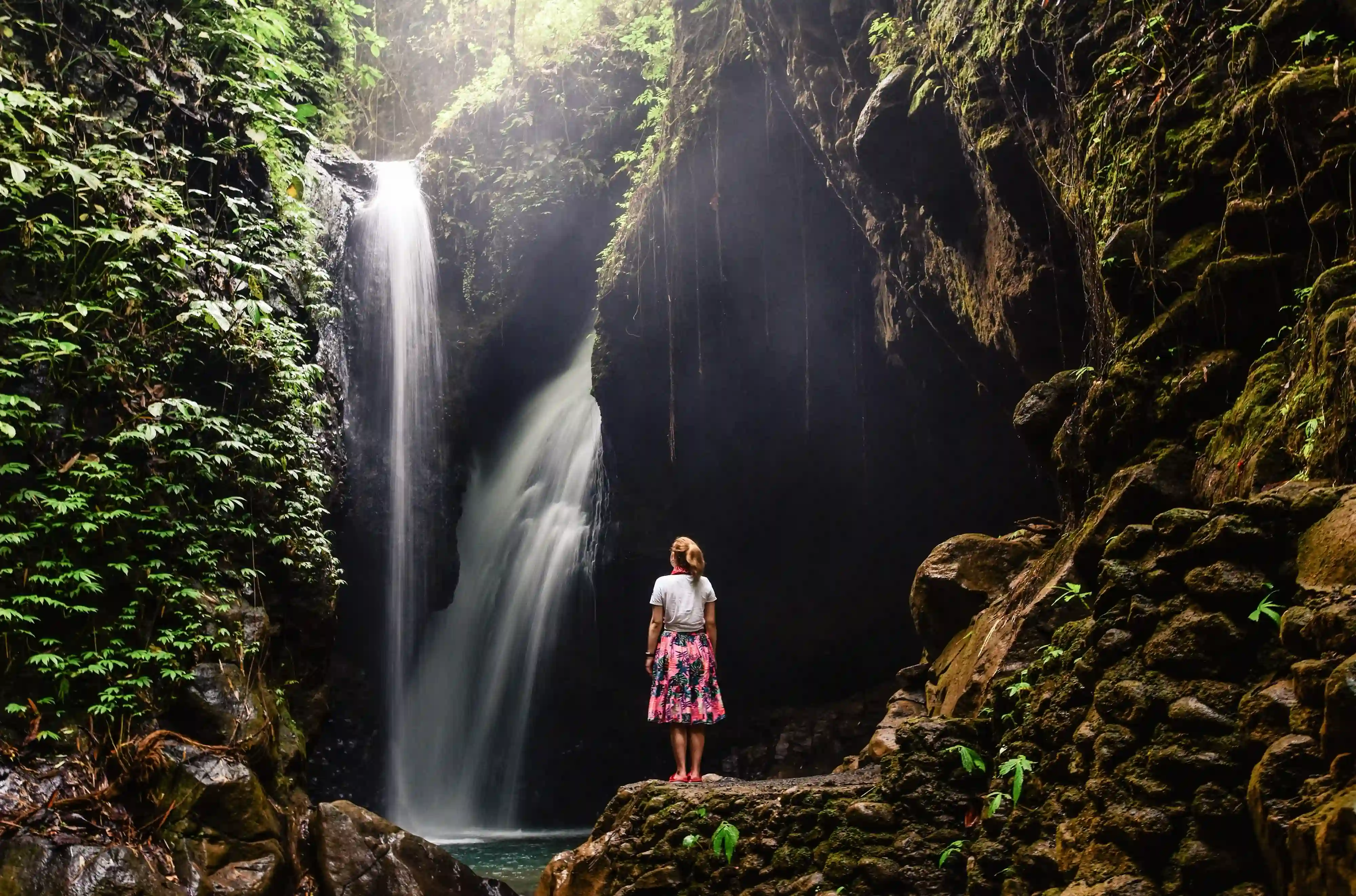
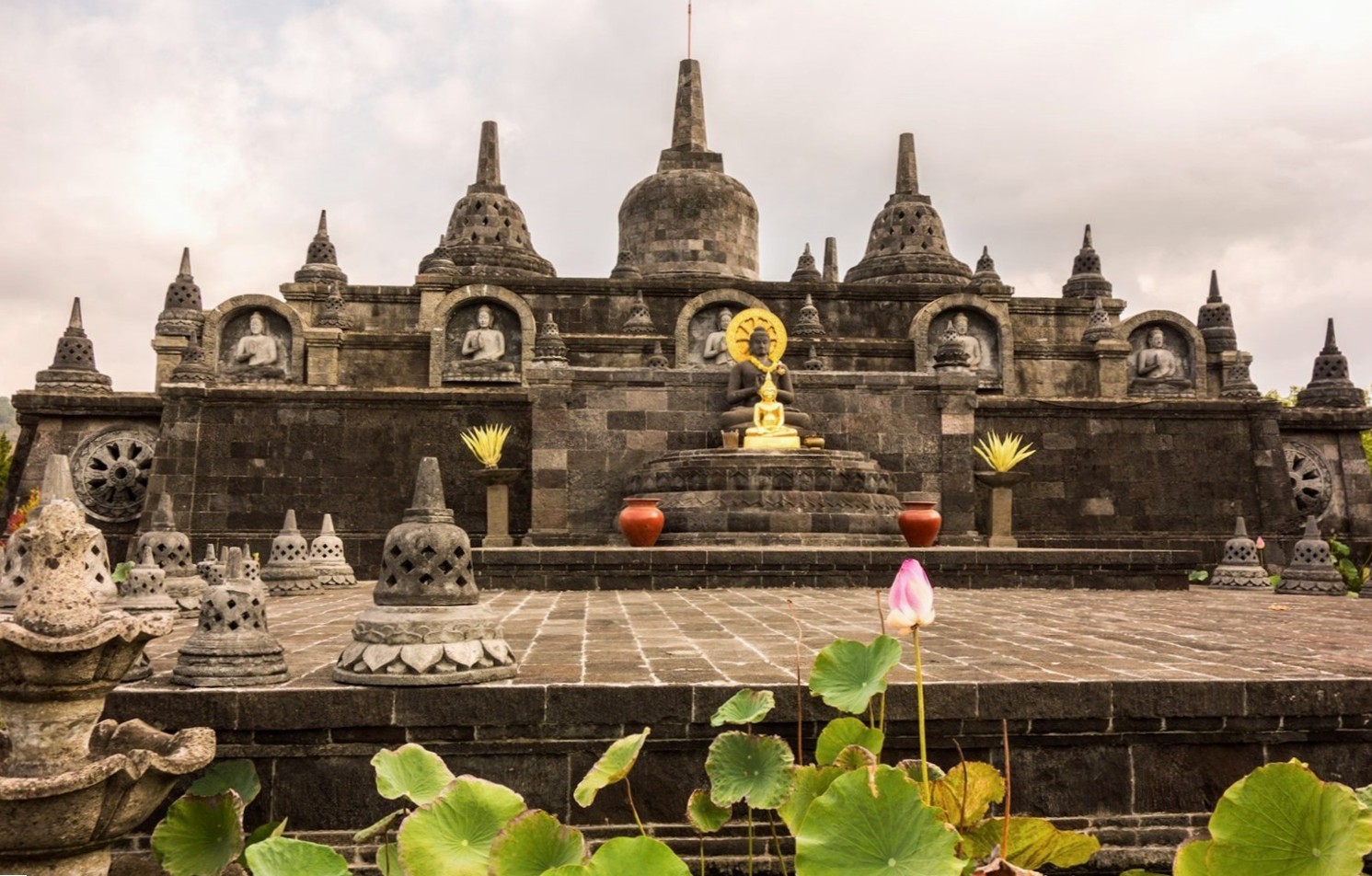
Visit Brahma Vihara Arama, Bali’s largest Buddhist temple, affectionately called the “Borobudur of Bali,” then soak in the nearby Banjar Hot Springs with their naturally warm, mineral-rich waters.
Cool air, mountain views, and lush gardens await in Bedugul, just 45 km away. Explore the botanical gardens, wander the local markets, visit Ulun Danu Bratan temple, or paddle on Lake Tamblingan. Families will enjoy the treetop adventure park and Bali Bike Park.
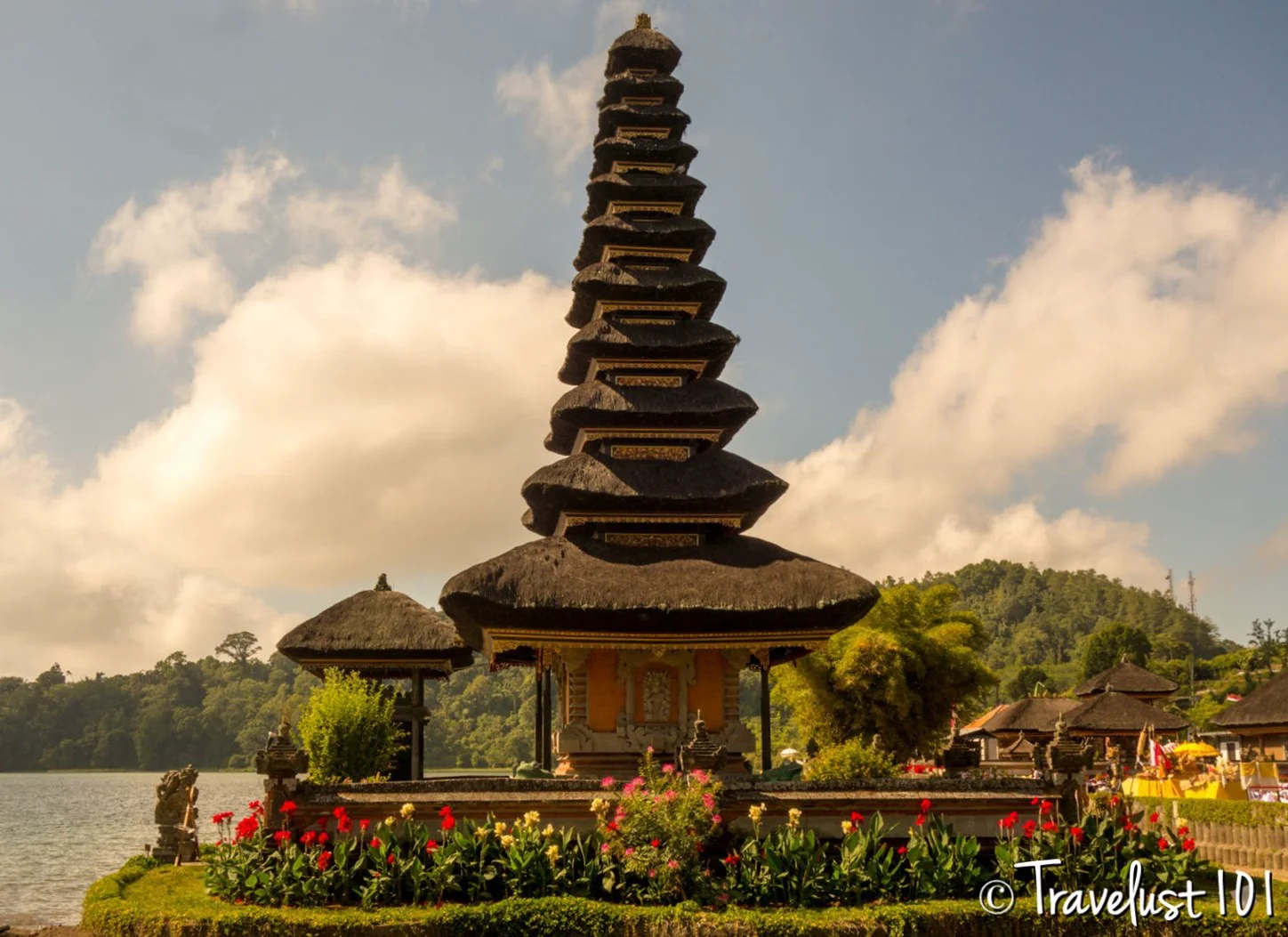
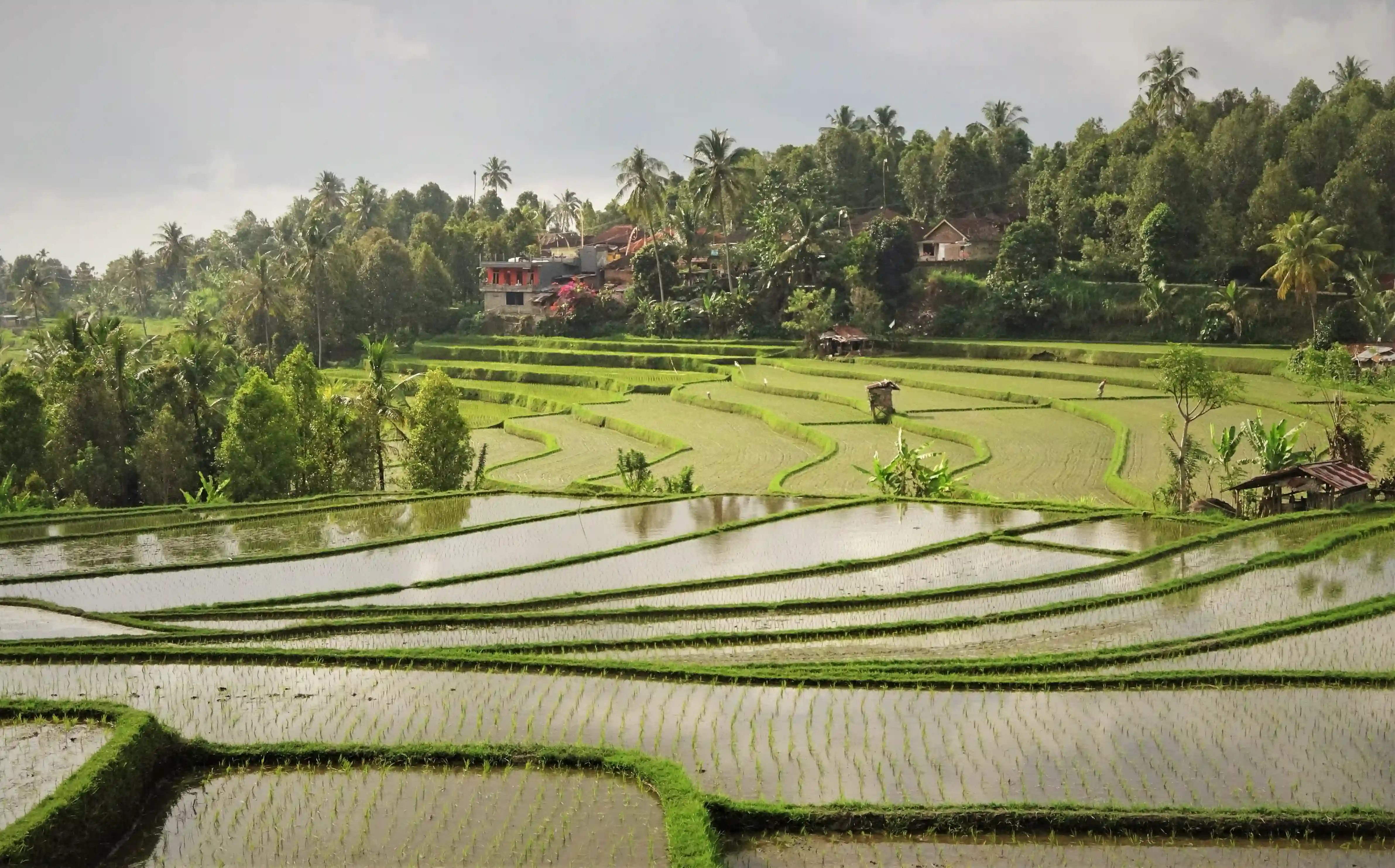
Head southwest to Belimbing and Sanda for sweeping rice terraces framed by Mount Batukaru. If you are heading towards Jembrana and the south-west coast, then stop at the sacred Bunut Bolong tree, where the road passes through its ancient roots.
Explore Pulaki and Melanting Temple, relax in Pemuteran with its beachfront cafés, or venture to Menjangan Island and West Bali National Park for snorkeling, diving, and white sand beaches surrounded by nature.
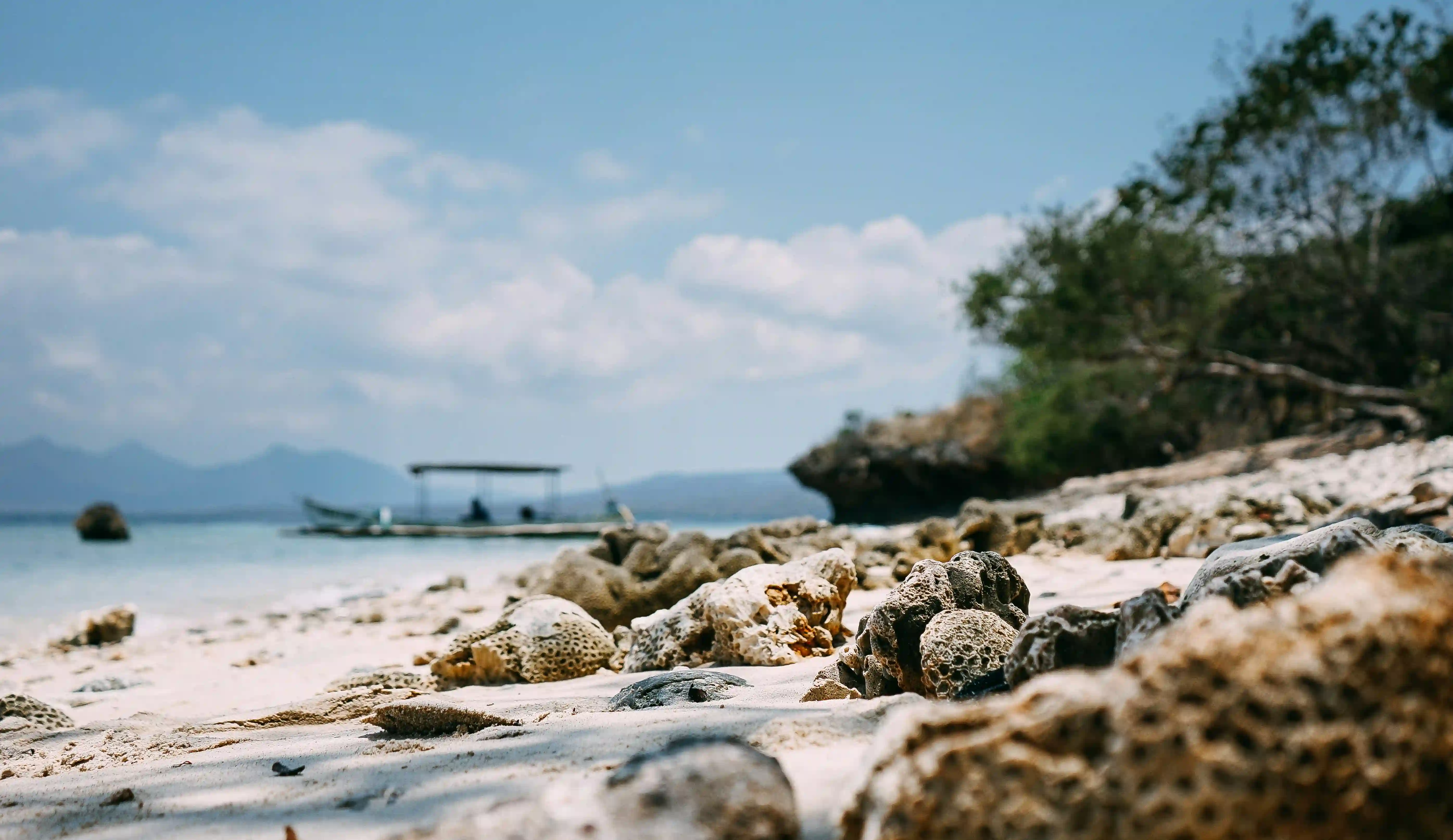
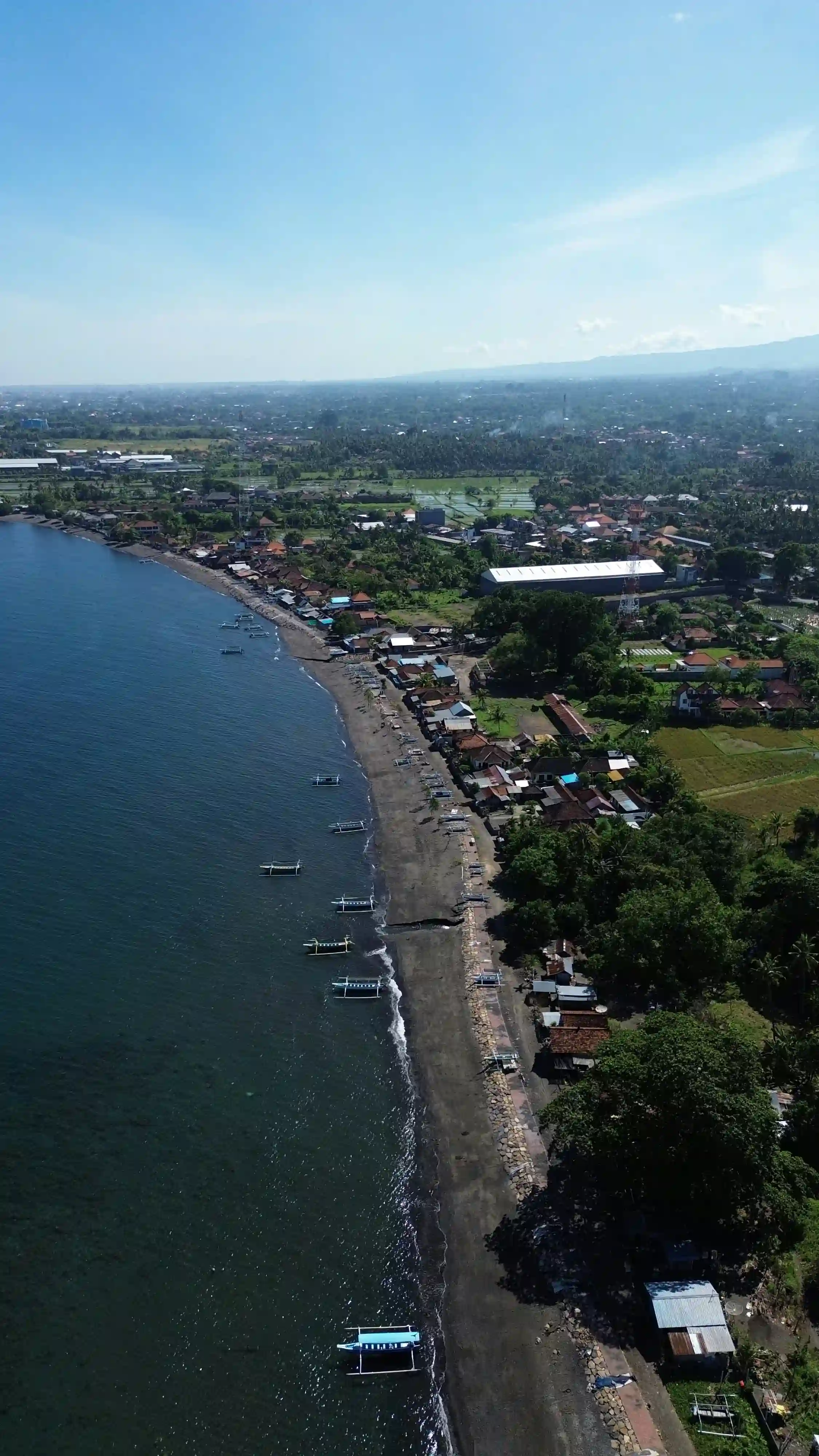
In Lovina you’ll find a growing selection of cafés, restaurants, and beach bars. Nearby Singaraja, the former capital of Bali, features colonial architecture, vibrant street markets, and historical landmarks like the Gedong Kirtya Lontar library.
Discover ornate temples like Pura Beji and Pura Jagaraga, then visit Sawan, home to the traditional Gamelan musical instrument.
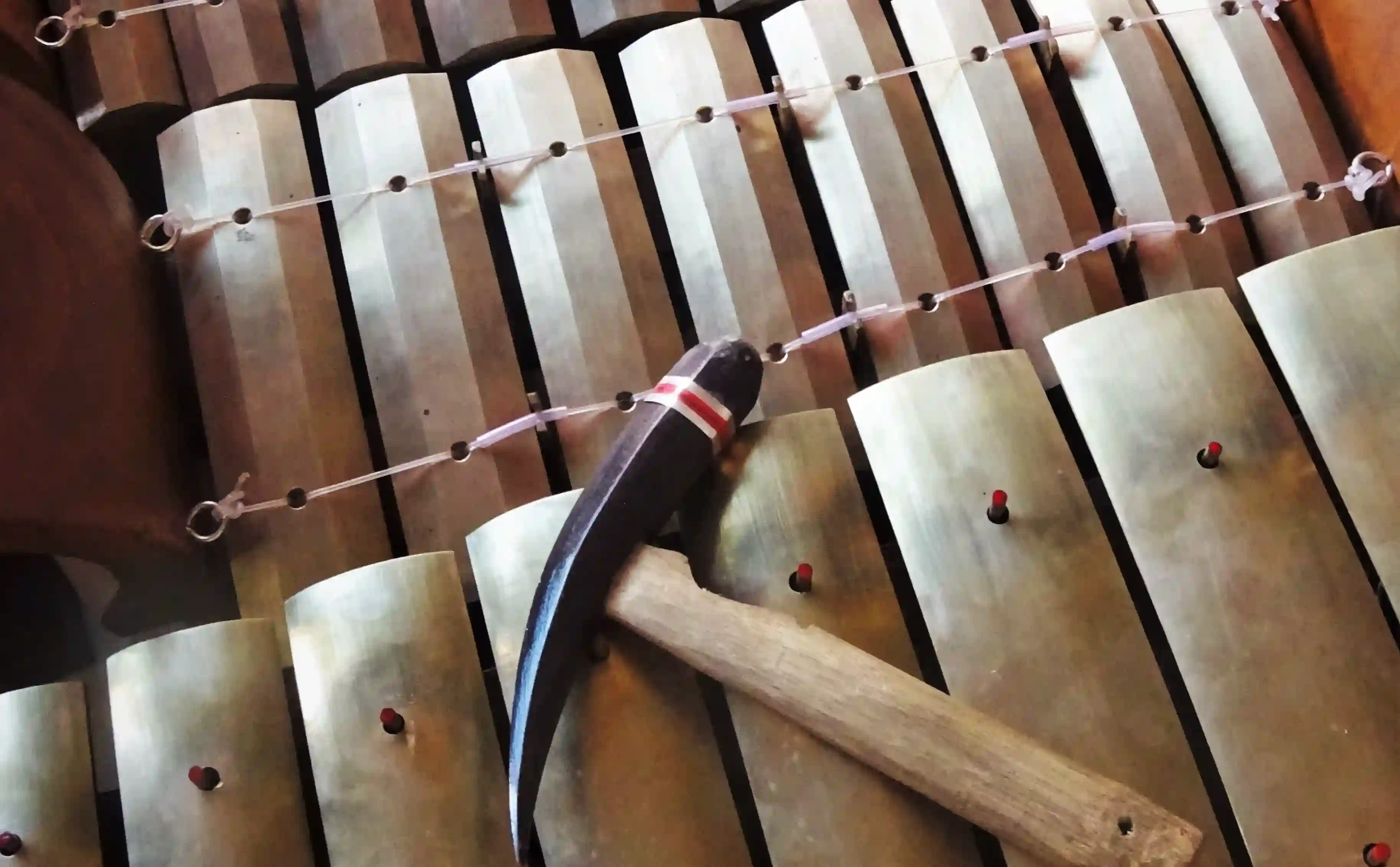
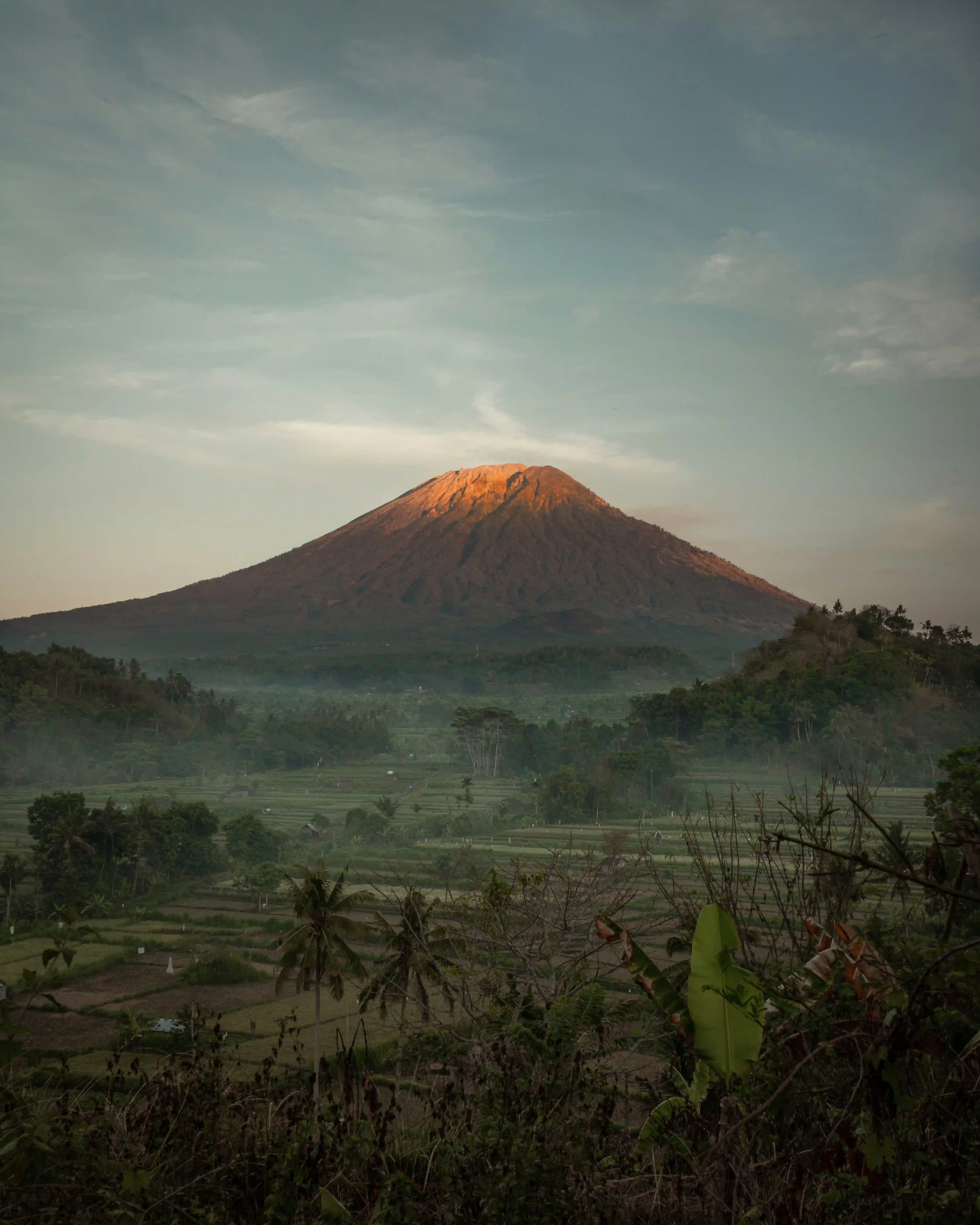
Continue east to the majestic Mount Agung, the water palace of Tirta Gangga, and Pura Lempuyang—one of Bali’s most photogenic temples. Nearby Tejakula is home to the quirky and provocative Art Zoo.
Climb Mount Batur for sunrise views over its crater lake or take a boat to Trunyan, an ancient village known for its unique funeral rites. Visit temples like Ulun Danu Batur or Pura Penulisan, perched high above the caldera rim.
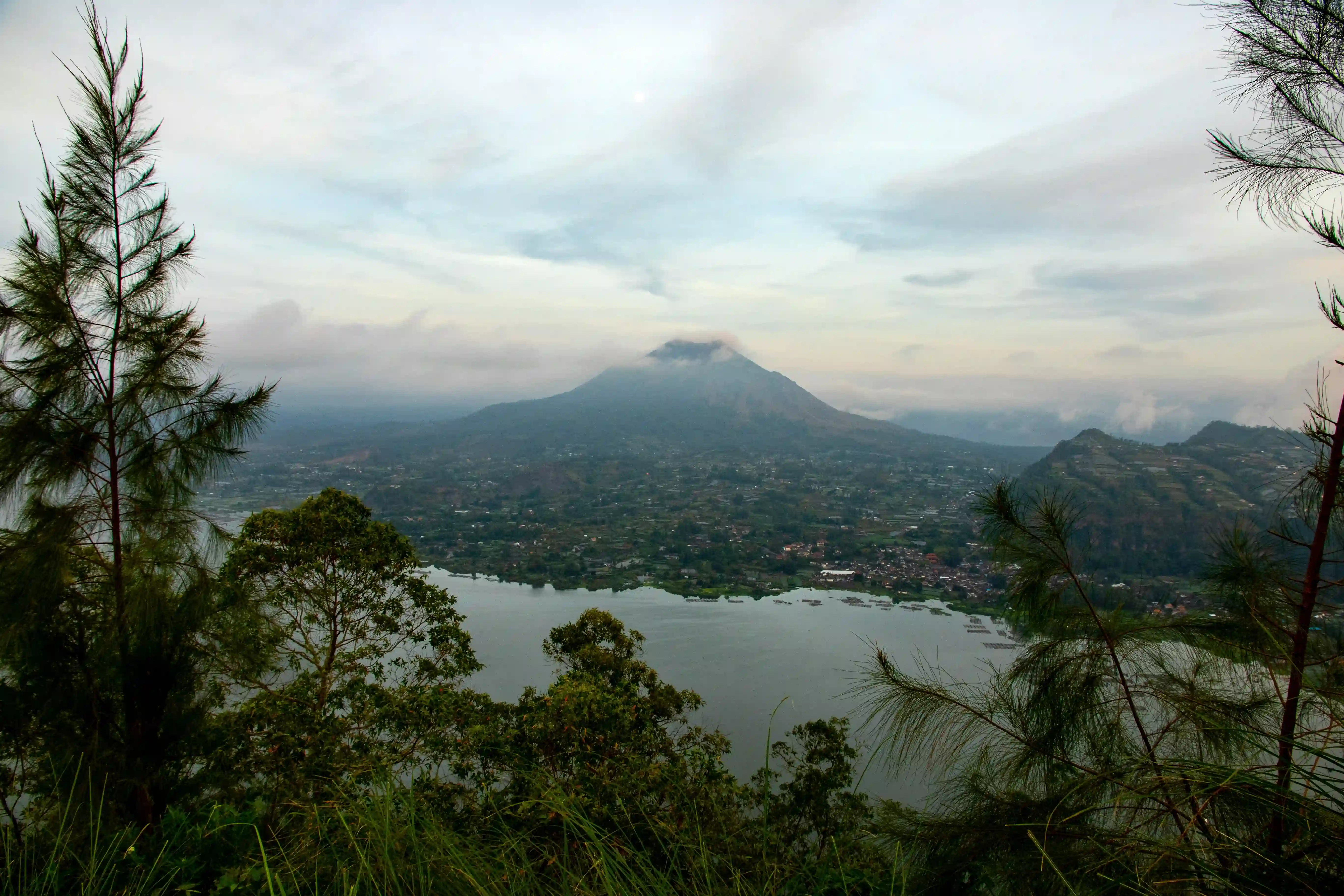
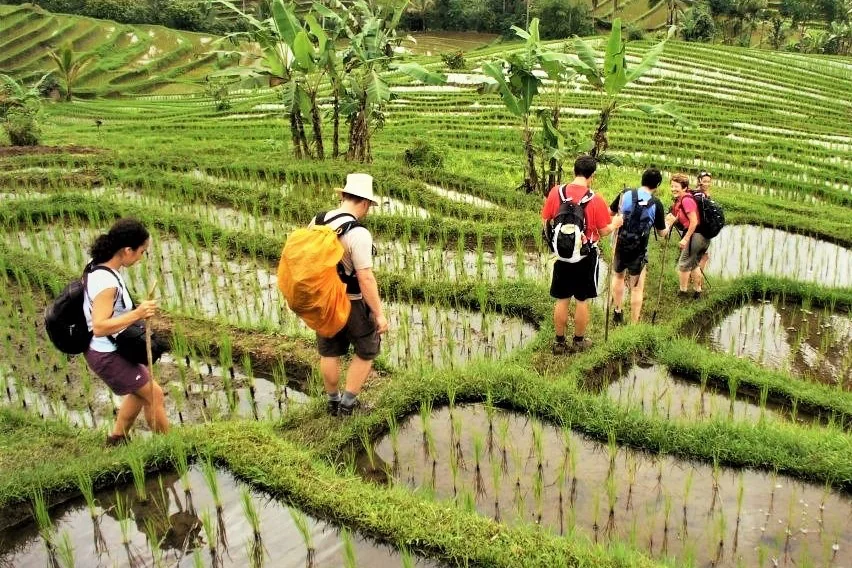
Wander through coffee, cocoa, clove, and spice plantations. Taste the flavours of Bali’s volcanic soil and discover the island’s agricultural roots.